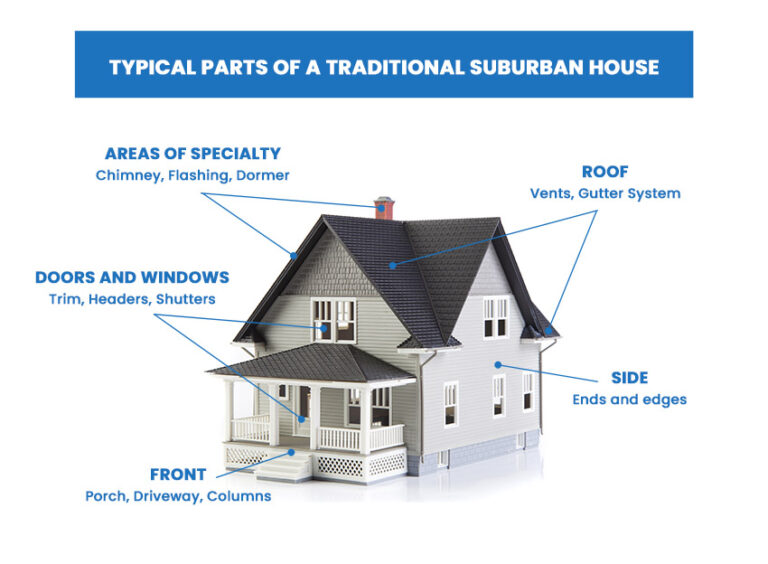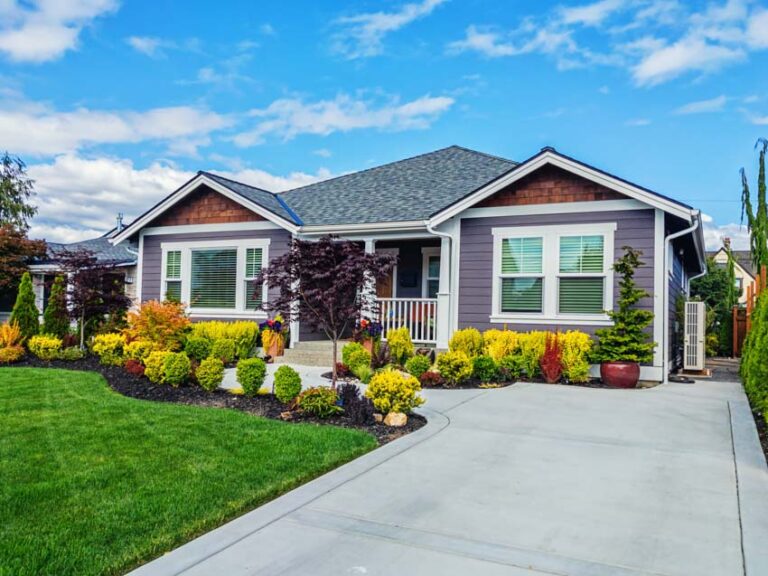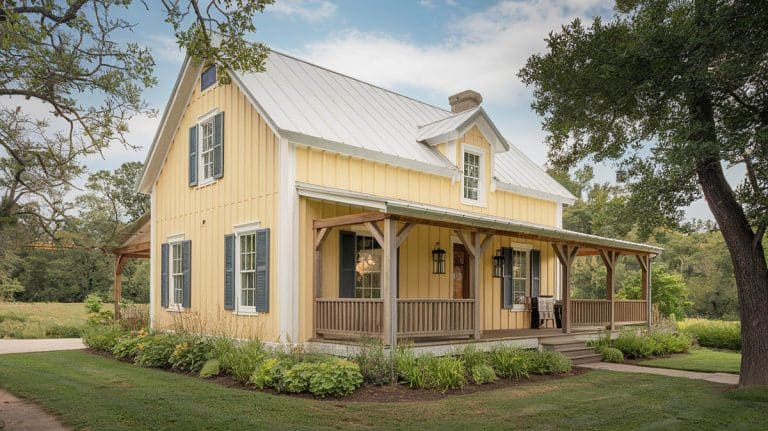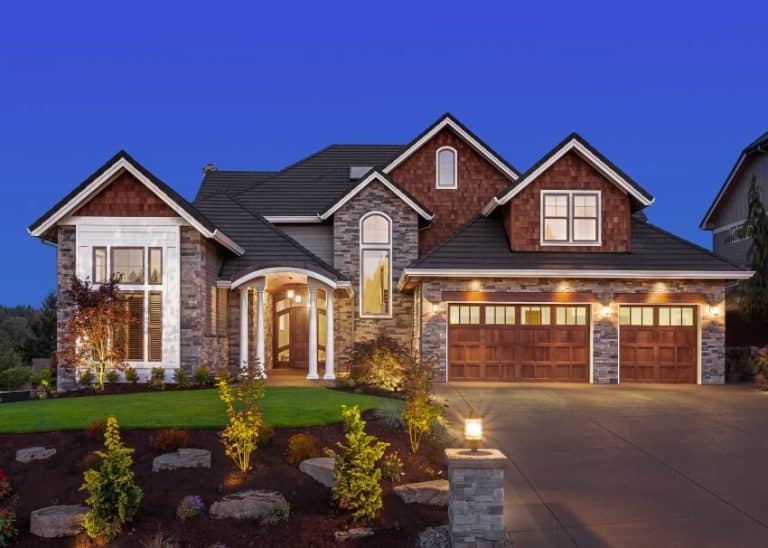Modular vs Manufactured Homes (Differences, Pros & Cons)
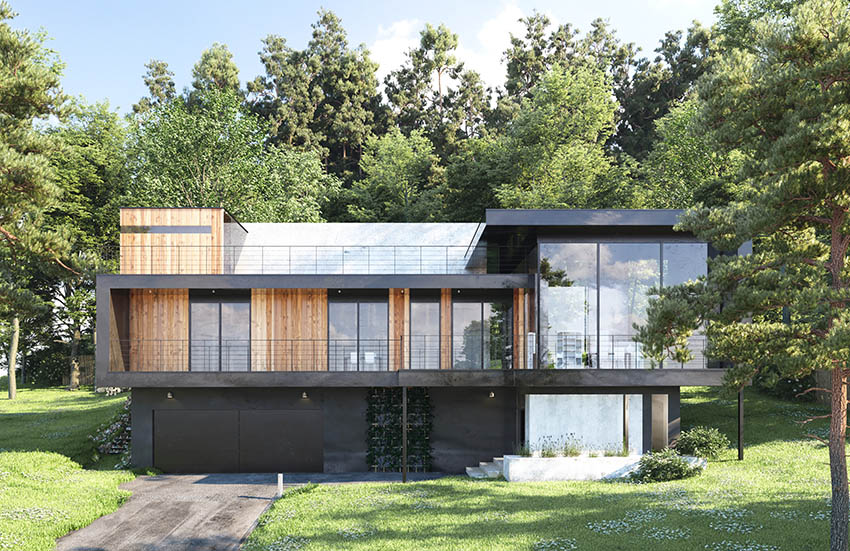
If you have been doing your due diligence and looking into all the options available to you when building a new home, you might have heard the terms “modular” and “manufactured” homes. You might then be wondering what these terms mean and, which of these types might be better for your own future residence. Both of these options are what can be thought of as “factory-built”, “pre-built” or “prefab” houses. This means that the structures start out their lives in a manufacturer’s factory.
These types are originally constructed at the manufacturer’s facilities, then transported to a building site where local contractors can assemble them in a matter of days. So basically, the “parts” of these houses are built in a factory and then assembled at the site. This is considered quite different from “traditionally built” houses, which are now often referred to as “site-built” because, well, they’re built on site.
What is the Difference Between Modular and Manufactured Homes?
The major difference between these two types lies in how they are constructed on-site. First, modular residences are built in sections at a factory. Manufactured types, however, are built in one piece, also at a factory. Both pieces of these houses are transported to their building site. When a modular home arrives, it is put together by local contractors. Meanwhile, a manufactured type is placed on and attached to a temporary or permanent foundation. While they start out the same, with parts constructed in a factory and transported to a site where they are assembled, there are differences in the construction standards they need to meet.
The United States Department of Housing sees the following difference between these two types:
• Modular Homes – Built according to the building codes of the site where they stand. In other words, they ultimately have to follow the local, county, and state building codes of the site where they are assembled.
• Manufactured homes – Construction follows the federal Housing and Urban Development (HUD) code. One major requirement of HUDs which these houses need to follow is the fact that they need to be built on top of a permanent chassis rather than a foundation.
These houses are also known as mobile homes as they can often be attached and moved with a trailer.
How to Tell the Difference Between Modular vs Manufactured Homes?
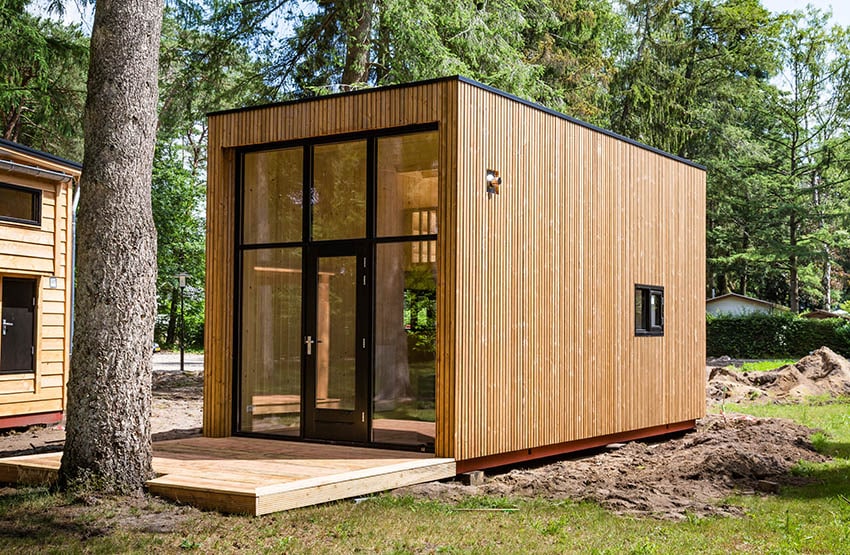
As we mentioned, a modular type is built in pieces, while a manufactured design comes in one piece. Once delivered to the building site, it is set on a traditional foundation. Meanwhile, a manufactured house is not necessarily required to be on a permanent foundation, which means it may be less sturdy. However, it is quicker to set up.
These houses come in many of the same styles that you could get with structures built on site. Many manufacturers offer a variety of contemporary styles that will suit almost anyone’s taste.
If you don’t like the styles a manufacturer offers, you can customize them. You can also add features and extras, like an attic or a garage or a porch. Many tiny home designs use modular pieces to achieve their finished product.
Manufactured houses also come in a variety of styles and it’s quite possible to find one that will fit your tastes. However, they are less easy to customize with “add-ons” to the structure, so if you really want extra features it might be more expensive.
Cost Difference Between Modular and Manufactured Homes
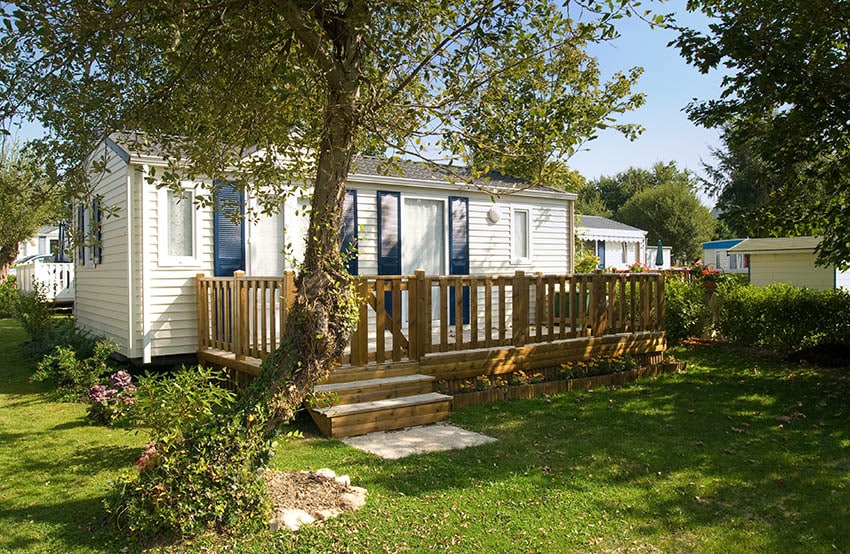
One major reason to choose these types over a site-built structure is that they are more cost-effective. Basically, the average cost of a site-built residence is around $100 to 200 square feet. A modular design will cost about $40 to 80 per square feet, with a 20 to 50% increase in price for custom features.
A manufactured type is the cheapest among these three options, costing about $40-50 per square foot. The reason for the cost difference between these two types and site-built structures comes down to how they are made and constructed.
Since factory-built residences are built in volume by manufacturers, they can purchase the building materials in bulk and at a lower cost. The lower cost of building materials will be reflected in the project’s final cost. Because they are quicker and easier to assemble, you definitely save on labor costs, especially when comparing these two home types.
Since a manufactured house only requires constructing a foundation or chassis for the structure to stand on, there’s less on-site construction involved than with a modular residence. This means that it is a little less expensive than a modular type.
Which is Better Modular vs Manufactured Homes?
The advantage to a modular type is, that since it is built in “pieces” it is easier to customize. Once a modular structure is “built” on site, it’s more or less considered a permanent piece of property similar to a site-built house.
These houses are considered “real” property, similar to site-built structures, so more financing options are available. They have the same financing options and homeowners have the same protections, legal rights, and tax requirements as site-built property owners. Some examples of popular modular style houses that come in kits are pole barn houses, geodesic domes and barndominiums.
One advantage of a manufactured type is that it is quicker to assemble on-site. As long as the foundation is ready, the house can be standing in less than a week. Some people also like these structures because they are not “permanent”, you can still move them from the original site. This also means that you can build on land that you are just “renting”. Your renter might balk at having you construct a permanent structure on their land, but could agree to this type of home.
The biggest advantage however to a manufactured residence over a modular design is, how soon your home will be completed. It house can be assembled in the factory, delivered, and set up within days. A modular type, however, will take several weeks to be assembled and delivered to the factory.
As with most decisions about housing construction, the answer to the question of what is better, depends on your needs. We’ve outlined some of the biggest considerations for “modular” or “manufactured” being better above, but let’s go into the pros and cons a little deeper.
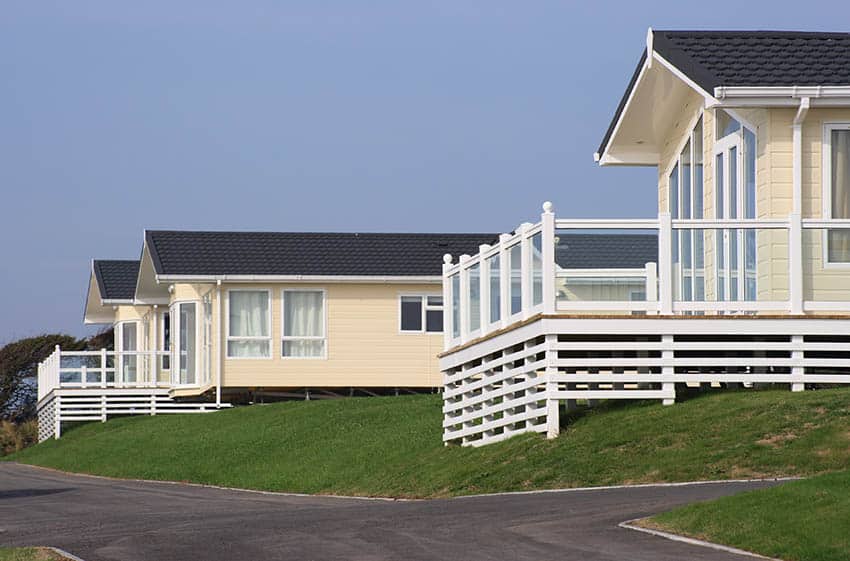
Modular Homes Pros and Cons
One major pro or benefit of a modular home is that you are literally getting what you paid for. Since every home component is manufactured to exact specifications, following the same factory procedures, and subject to the manufacturer’s quality control procedures, you can be sure that what you requested – what is in the brochure – is what you will get in the end.
Another advantage of building this type of home is that the construction process is less at the mercy of the weather. Because the major parts are built in a factory and assembled onsite, the different parts are less likely to remain exposed to the elements if construction needs to be delayed due to bad weather.
Also, because the construction process is quicker, you’re likely to be able to schedule the construction together before the weather turns. It takes a manufacturer around one to two months to assemble the parts of a modular home on their factory. These homes are then delivered almost 70-90 percent complete, and a local contractor should be able to assemble the home in a week or so.
Finally, one major reason to choose modular over site-built is that it is less expensive. On average, the National Association of Homebuilders found that the construction cost of a modular home is 11% less than that of a site-built home.
Manufactured Homes Pros and Cons
The HUD code regulates manufactured homes, so they are subject to federal standards of strength and durability, including fire and wind resistance. They are also subject to performance standards for heating, air conditioning, plumbing, and thermal and electrical systems. They must meet HUD standards because they have quality features and are often comparable to site-built homes. They are also cheaper, with a final project price that is about 25-50% less.
These homes are subject to the rules of the community or developments where they are going to be “built.” Some areas don’t allow manufactured housing, so you need to do your research before buying this kind of home. While it is possible to get financing for a manufactured home, you’re going to have to go to less conventional means. As they are not considered “permanent”, you might not be able to get a typical home loan or mortgage if you intend to put up a manufactured home.
You could get a retail installment contract with the retailer that sold you the home, which will help you finance the project. You can also apply for an FHA or VA home loan. Some financial institutions will grant you a conventional mortgage for your manufactured home, but only if you are planning to place the home on a permanent foundation.

